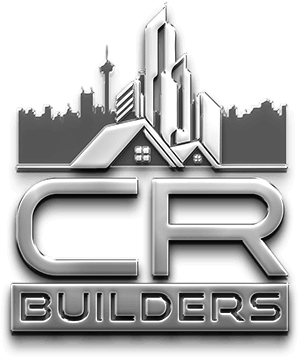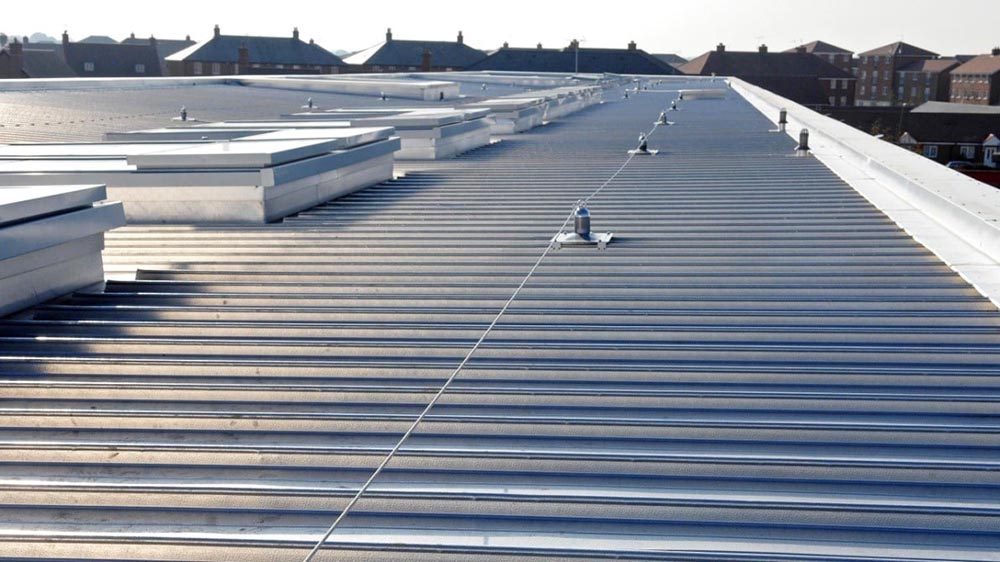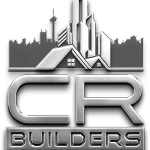Your commercial building is your fortress of productivity. It houses your operations, your employees, and your bottom line. Protecting this vital asset starts with a sturdy, reliable roof. But how do you choose the best material for your roofing? This can only happen when you are all aware of the top materials used for it. This guide sheds light on the top contenders in the commercial roofing arena, exploring their advantages and disadvantages. In this way, you can make informed decisions for your specific needs.
TOP 4 Commercial Roofing Material
Four primary materials reign supreme in the world of commercial roofing:
Single-Ply Membranes (TPO, EPDM, PVC)
- Pros: These are very light and can be easily fixed since they are relatively thin; they are energy-reflecting and, hence, energy efficient. Others are also immune to tearage and punctures, hence suitable for middle-range temperatures.
- Cons: Seams ought to be sealed to avoid leakage and extreme care must be observed when sewing. It is probably not suitable for places with very high or very low temperatures.
Metal Roofing (Standing Seam, Corrugated, Metal Shingles)
- Pros: Considered one of the sturdiest roofing solutions, metal roofs have more than 50 years of easy life spans. They are also fire-safe, easy to manage, and most definitely contemporary.
- Cons: The initial cost of implementing metal roofs may be higher compared to some of the other types of roofing. Building installation requires certain skills and tools that distinguish it from the other construction processes. There is also the aspect of noise in metal, especially during a downpour or when hail storms are being experienced.
Modified Bitumen
- Pros: It is quite susceptible to different climates and building shapes or forms, thus its flexibility. Among its numerous advantages, it possesses an excellent waterproof factor and is comparatively easy to fit and keep clean.
- Cons: Modified bitumen has a shorter lifespan than metal or single-ply membranes. It requires applying hot asphalt during installation, which can be a safety concern and may not be permitted in some regions.
Built-Up Roofing (BUR)
- Pros: BUR has long been the preferred option due to its better sturdiness, fire, and water resistance than SVR. It is particularly recommended for flat roofs since it can easily be installed on flat surfaces.
- Cons: BUR is very dependent on skilled labor for its installation and maintenance exercises. It is quite dense, and this could be a disadvantage, especially to the building’s ceiling structures. The installation process entails asphalt, which has similar issues regarding safety and possible permit requirements as modified bitumen.
Beyond the Material: Deciding Factors for Your Project
Choosing the best commercial roofing material involves a strategic approach that considers various factors. Following are few of them:
- Climate: These include; temperature fluctuations in the region, amount and distribution of rainfall, and wind intensity. Certain parts of the climatic cycle may also show better performance in some materials.
- Building Type: The nature of the building you want to roof, its size, shape, and even its purpose can determine what type of roof is most appropriate for it.
- Budget: Roofing materials and prices vary. Understand your money and the long-term economic effects, as well as their correlation with core material longevity and subsequent maintenance schedules.
Worried about your roof? Don’t wait for a leak to cause trouble!
CR Builders is your one-stop shop for all things roof repair and replacement in Texas. We handle everything, from fixing small leaks to installing brand-new roofs. Our team of experts will help you choose the best material for your building and budget. Plus, we offer free consultations and estimates! Call CR Builders today and keep your business safe and dry.


